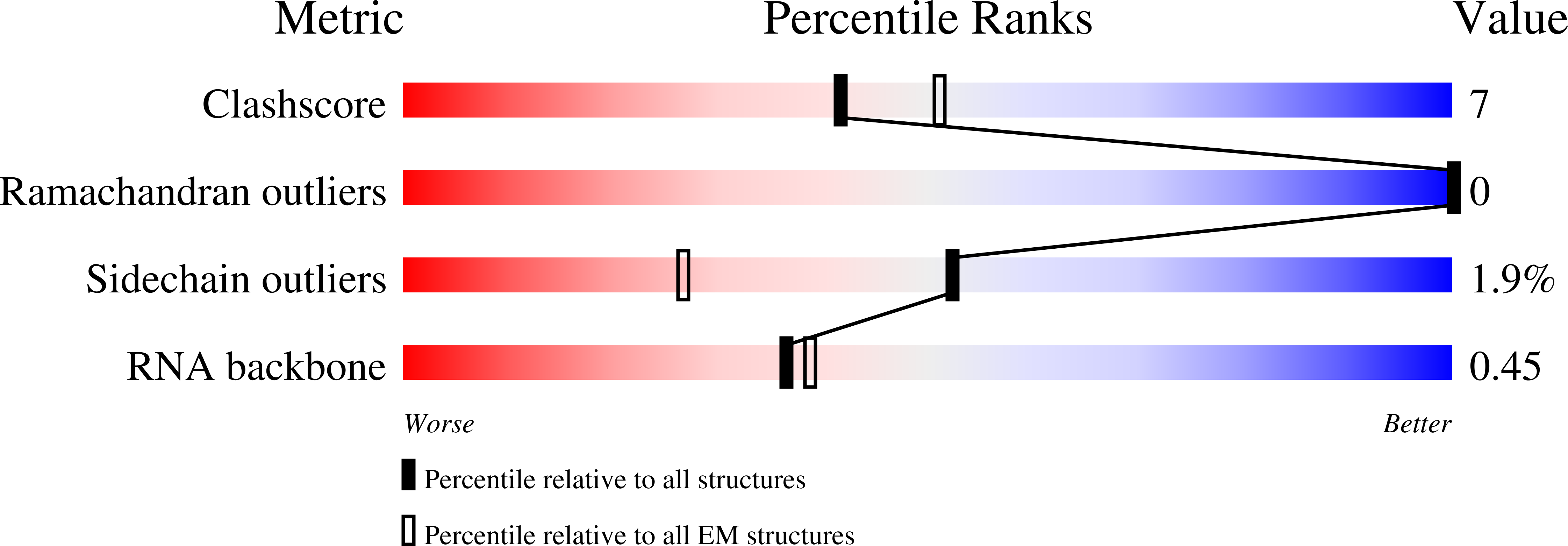
Deposition Date
2024-07-01
Release Date
2024-12-04
Last Version Date
2025-01-22
Entry Detail
PDB ID:
9CGU
Keywords:
Title:
Cas9 ternary complex, 14-nt sgRNA, State II (kinked)
Biological Source:
Source Organism:
Streptococcus pyogenes (Taxon ID: 1314)
synthetic construct (Taxon ID: 32630)
synthetic construct (Taxon ID: 32630)
Host Organism:
Method Details:
Experimental Method:
Resolution:
3.00 Å
Aggregation State:
PARTICLE
Reconstruction Method:
SINGLE PARTICLE


